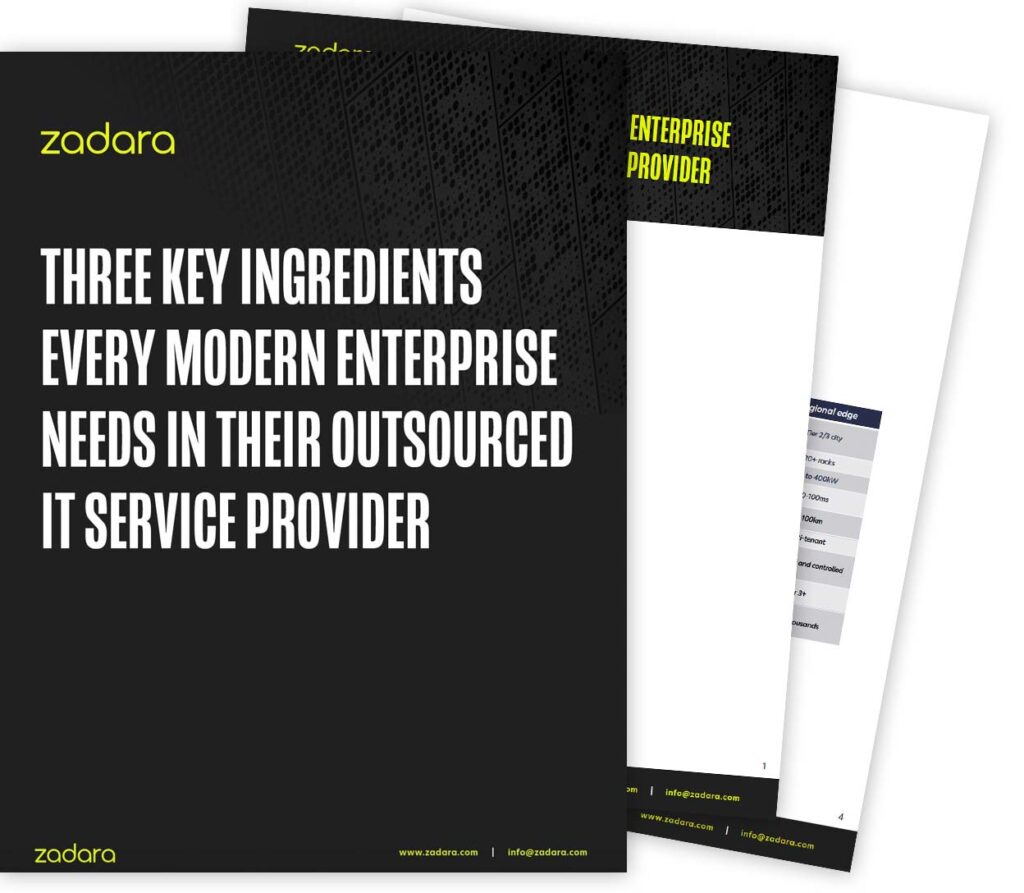The storage industry is changing as we know it.
We’ve all heard about the recent shift from hardware-defined storage to software-defined storage, but what do we really know about it? Everything has changed; the roles, the environments, the dynamics -everything. The market is moving at a faster pace, and everyone is redefining themselves to try to catch up. So, what is storage as a service, and how does it fit in?
The biggest noticeable difference is the shift in spending from a CapEx to OpEx model. Studies show that storage budgets have decreased significantly over the last 4 years, and because of this, many companies are delaying their refresh cycles. That’s because most departments don’t have the large cash available to purchase new equipment. The traditional CapEx business model is outdated and these companies are looking for the next best thing. What is the next best thing?
Enterprise storage as a service.
So what exactly is storage as a service, and how is it different than software-defined storage?
Storage as a service is software-defined storage on steroids. Almost anyone now can say they provide software-defined storage, but to receive it as a service is where customers are really beginning to see value. Storage as a service provides both a economical OpEx business model, but also a more agile and responsive storage solution. Your storage is fully managed and monitored by an operations team so that you can focus on running your business, rather than managing your storage equipment. Saving time and money are some of the biggest concerns for IT Managers and storage as a service caters to both those needs.
More Time and Less Cost = Satisfied Customer
As I mentioned earlier, storage budgets are significantly decreasing, causing IT and Storage Managers to look for new solutions to better suit their needs. By switching to a Storage as a Service private or public cloud solution as opposed to your traditional hardware data center infrastructure, customers only pay for what they use. This new utility-based model is the holy grail for many who have been used to dealing with the 3-5 year costly refresh cycle of traditional storage.
To see where the market for public and private cloud OpEx storage is going over the next few years, take a look at this chart from IT Brand Pulse that projects the shift from traditional CapEx storage to OpEx storage over the next 8 years.
Source: Network Computing & IT Brand Pulse
Want to learn more about Zadara’s Enterprise-Storage-as-a-Service solutions? Download our eBook: Solving Enterprise IT Challenges with Storage-as-a-Service.





